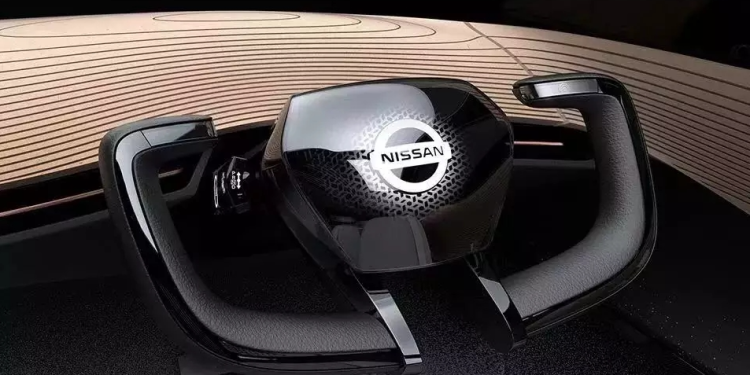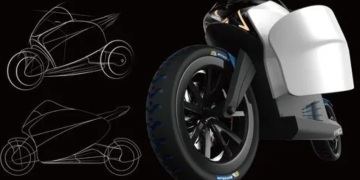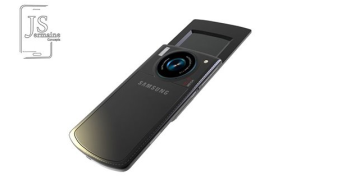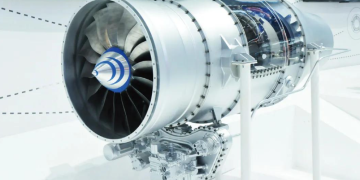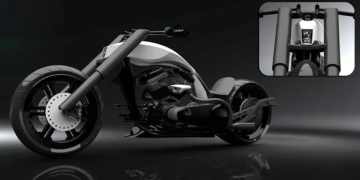In the realm of digital photography, the choice between DSLR (Digital Single-Lens Reflex) and mirrorless cameras is a pivotal decision that significantly impacts your photographic journey. Both camera types offer distinct advantages and cater to different needs and preferences. This comprehensive guide aims to compare DSLR and mirrorless cameras, helping you determine which is the right choice for your photography endeavors.
DSLR Cameras
DSLR cameras have long been the standard choice for professional and amateur photographers alike. Utilizing a mirror mechanism to reflect light into an optical viewfinder, DSLRs offer a traditional shooting experience with precise autofocus and real-time framing. The optical viewfinder provides a clear, lag-free preview of the scene, making DSLRs ideal for fast-paced photography such as sports and wildlife.
However, DSLRs tend to be bulkier and heavier due to their internal mirror mechanism. Additionally, their optical viewfinders may struggle in low-light conditions, and the mirror mechanism contributes to slower burst shooting speeds. Popular DSLR models include the Canon EOS 5D Mark IV and the Nikon D850, renowned for their exceptional image quality and robust build.
Mirrorless Cameras
In recent years, mirrorless cameras have emerged as formidable contenders to DSLRs, offering a more compact and lightweight alternative without compromising on performance. Unlike DSLRs, mirrorless cameras utilize an electronic viewfinder or a rear LCD screen for composing images, eliminating the need for a bulky mirror mechanism. This design results in a more streamlined and portable camera body, making mirrorless cameras ideal for travel and street photography.
Mirrorless cameras excel in autofocus speed and accuracy, thanks to advanced autofocus systems and phase-detection pixels embedded in the image sensor. They also boast faster burst shooting speeds and silent shooting modes, enhancing versatility in various shooting scenarios. Popular mirrorless models include the Sony Alpha series and the Fujifilm X-T4, celebrated for their cutting-edge technology and compact design.
Image Quality
When comparing DSLR and mirrorless cameras, image quality is a crucial factor to consider. Both camera types can produce stunning images with exceptional clarity and detail. The primary determinant of image quality is not the camera type itself but rather the sensor size, resolution, and lens quality.
Autofocus and Speed
Autofocus performance and speed are paramount considerations for photographers, especially when capturing fast-moving subjects or shooting in challenging conditions. Mirrorless cameras have gained a reputation for their superior autofocus systems, leveraging advanced technology such as phase-detection autofocus and real-time tracking.
Size and Portability
One of the most significant advantages of mirrorless cameras is their compact and lightweight design. By eliminating the bulky mirror mechanism found in DSLRs, mirrorless cameras offer unparalleled portability without sacrificing performance. Photographers who prioritize mobility and convenience will appreciate the smaller form factor of mirrorless cameras, making them ideal companions for on-the-go shooting.
Lens Selection and Compatibility
Both DSLR and mirrorless systems offer a vast array of interchangeable lenses to suit different photography genres and shooting styles. DSLRs have a more extensive selection of native lenses due to their longer presence in the market, including a wide range of telephoto and specialty lenses. However, mirrorless camera manufacturers have rapidly expanded their lens offerings, with innovative designs and high-performance optics.
Battery Life and Power Efficiency
Battery life is another critical consideration, especially for photographers who engage in extended shooting sessions or travel frequently. DSLRs typically have longer battery life compared to mirrorless cameras, thanks to their simpler power consumption and larger battery capacity. However, advancements in mirrorless camera technology have led to improvements in battery life and power efficiency, narrowing the gap between the two camera types.
Viewfinder Options
One distinguishing feature between DSLRs and mirrorless cameras is the type of viewfinder employed. DSLRs utilize an optical viewfinder, which provides a direct optical path through the lens for framing and composing images. In contrast, mirrorless cameras offer an electronic viewfinder (EVF) or a rear LCD screen for image preview, offering additional benefits such as real-time exposure simulation and focus peaking.
Video Capabilities
In addition to still photography, modern digital cameras are equipped with advanced video recording capabilities, catering to videographers and content creators. Both DSLR and mirrorless cameras offer high-quality video recording in various resolutions and frame rates, including 4K Ultra HD and slow-motion capture. Videographers may prefer mirrorless cameras for their compact size and advanced video features, such as in-body image stabilization and focus tracking.
Price Range and Affordability
Price is a significant factor for many photographers when choosing between DSLR and mirrorless cameras. Generally, entry-level DSLR systems tend to be more affordable compared to mirrorless counterparts, making them accessible to beginners and budget-conscious consumers. However, as mirrorless technology matures and becomes more mainstream, prices have become increasingly competitive, offering excellent value for photographers seeking cutting-edge features and performance.
User Experience and Ergonomics
The overall user experience and ergonomics of a camera play a crucial role in determining its suitability for individual photographers. DSLRs typically feature a more traditional layout with physical buttons and dials for intuitive control and customization. Mirrorless cameras, on the other hand, may offer touchscreen interfaces and customizable function buttons for a more modern and user-friendly shooting experience.
Future Trends and Innovations
As technology continues to evolve, DSLR and mirrorless cameras will undoubtedly undergo further advancements and innovations. Future trends may include improvements in sensor technology, enhanced connectivity features, and the integration of artificial intelligence for automated shooting modes and image processing. Additionally, environmental sustainability and eco-friendly manufacturing practices are likely to shape the future of digital camera development.
Conclusion
In conclusion, the choice between DSLR and mirrorless cameras ultimately depends on your specific needs, preferences, and shooting style. Both camera types offer distinct advantages and excel in different areas, whether it’s image quality, autofocus performance, or portability. By carefully evaluating the key differences outlined in this guide and considering your long-term photographic goals, you can make an informed decision and choose the right camera that aligns with your creative vision.

FAQs
- Q: Which is better, DSLR or mirrorless?
- A: The answer depends on your individual preferences and shooting requirements. DSLRs offer optical viewfinders and longer battery life, while mirrorless cameras are more compact and offer superior autofocus performance.
- Q: Can I use my existing lenses with a mirrorless camera?
- A: Many mirrorless camera systems offer adapters that allow you to use DSLR lenses with your mirrorless camera. However, some functionality may be limited, such as autofocus speed and image stabilization.
- Q: Are mirrorless cameras more expensive than DSLRs?
- A: Mirrorless cameras tend to be more expensive upfront due to their advanced technology and compact design. However, prices have become more competitive over time, offering excellent value for the features provided.
- Q: Which camera type is better for beginners?
- A: Both DSLRs and mirrorless cameras are suitable for beginners, depending on personal preference. Entry-level DSLRs offer simplicity and affordability, while mirrorless cameras provide advanced features and compact size.
- Q: Can I shoot professional-quality photos with a mirrorless camera?
- A: Absolutely! Many professional photographers use mirrorless cameras for their versatility, image quality, and advanced features. With the right skills and equipment, you can achieve outstanding results with a mirrorless camera.
- Q: Do mirrorless cameras have a shorter lifespan than DSLRs?
- A: Not necessarily. Both DSLRs and mirrorless cameras are built to withstand extensive use, and their lifespan depends on factors such as maintenance, usage patterns, and technological advancements in the industry.
- Q: Are DSLRs becoming obsolete?
- A: While mirrorless cameras have gained popularity in recent years, DSLRs remain relevant and continue to be preferred by many photographers for their optical viewfinders and established lens ecosystems.
- Q: Can I switch between DSLR and mirrorless systems easily?
- A: Switching between DSLR and mirrorless systems may require some adjustment due to differences in handling and interface. However, with practice and familiarity, most photographers can adapt to either camera type seamlessly.



